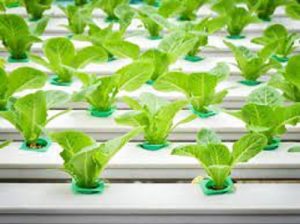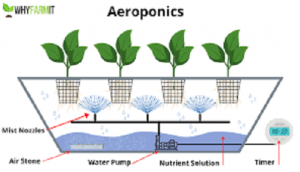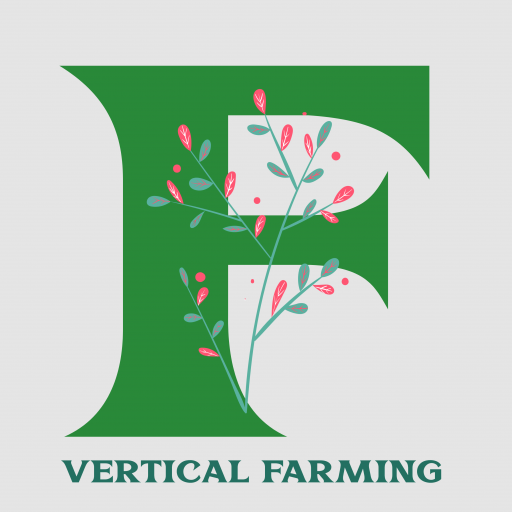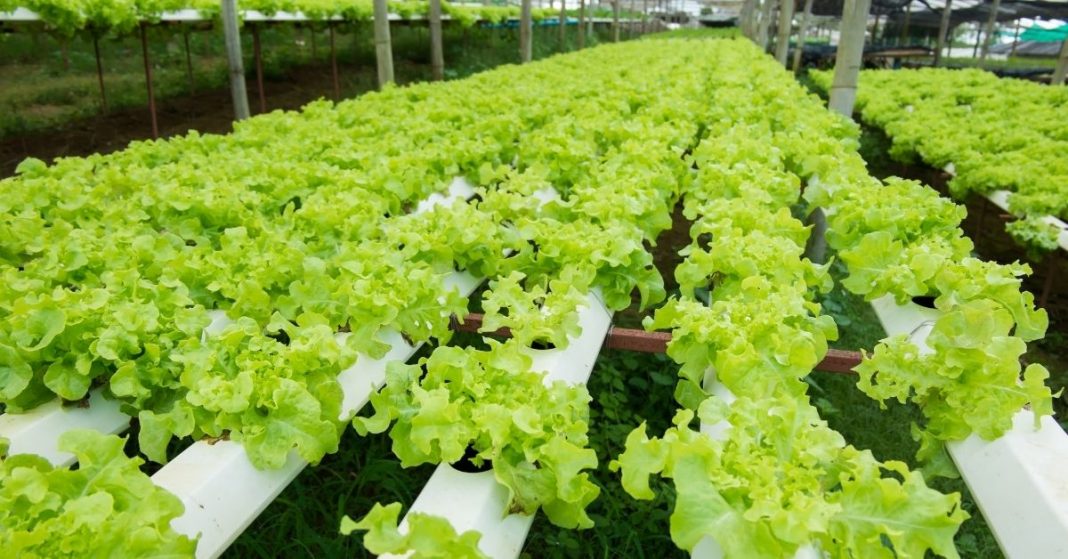HOW TO GROW PLANTS WITHOUT SOIL
#.HOW TO GROW PLANTS WITHOUT SOIL
Gardening can reward you and bring a lot of fun. However, when you are going to use soil and it can be messy. If you live where you don’t have a yard and love gardening, you might not want to mess the apartment or home with container gardening with soil. You might be asking yourself, can you do some gardening without soil to mess your yard? The simple answer is yes. You can use two different ways to practice gardening without using soil. That’s hydroponics and aeroponics.
(I) HYDROPONICS GARDENING

Hydroponics gardening is a horticulture practice where you grow plants without using soil. You usually use nutrient solutions placed in an aqueous solvent to help your plant grow.
All the nutrients that your plants will need will get them through water, and your plants will become healthy when growing the same way you would have grown them in soil. The advantage is you will eliminate all the mess, weight, and expense of the earth when your practice hydroponic gardening.
The idea of hydroponic gardening is that you can produce more food or plants around your garden in a smaller space, even in areas where the soil is not suitable to support life. You can also practice farming even in places with no soil, such as classrooms and rooftops, inside the house, and depend on indoor lights for plants to grow.
When growing plants without soil in hydroponic gardens, paying attention to your plants and the nutrients they need is crucial. This is because when there is too much provision of certain nutrients or a lack of specific nutrients, it can negatively impact your plants and affect how they will grow.
You also need to ensure that the water level you provide your plants in the garden is consistent because water sustains the plants and keeps them alive in this type of gardening.
Hydroponics has acquired another form of technology where nutrient gels packs are used to grow plants.
(II) AEROPONIC GARDENING

These days, aeroponic gardening is practiced to solve the challenge of planting plants without using soil. Under this method, this method was invented by the now-famous Aero Garden; water and air surrounding the plants are used to provide them with the required nourishment to grow.
Aeroponic gardening is self-contained. It gives you the possibility of growing your favorite herbs and flowers and producing them all year round without using soil. Under the aero garden, you can also use an automated mechanism that will automatically remind you when it’s time to add water and nutrients to your plants. Therefore, you will avoid all the guesswork found in traditional hydroponics gardening.it makes gardening easy for anyone who wants to grow plants quickly and harvest a lot.
1. HOW PLANTS GROW WITHOUT SOIL UNDER AEROPONIC AND HYDROPONICS GARDENING
Supposing plants get the proper nutrients from the air and soil around them, then it is easy to grow plants without using soil successfully. Studies show that more produce can come out when you practice hydroponic or aeroponic methods in a smaller space. For example, at Disney, aeroponic gardening has produced about 250 tons of tomatoes per acre, compared to 10 tons per acre yielded in conventional gardens on the standard ground.
Plants that grow without soil tend to grow faster than those planted in containers or the ground. Therefore, from an environmental point of view, practicing aeroponic and hydroponics Gardening is ideal because you will save more water than planting your plants in the ground.
The plants can grow initially with ease without being attacked by pests from the soil. You can also use the indoor lights for plant growth away from problems and other insects.
2. HYDROPONIC EQUIPMENT TO USE
You can practice Hydroponics Gardening at home and plant almost any type of vegetable or fruit. A hydroponic system can also be mobile. Therefore, you can move your plants from one area to another when you feel like you want to re-do your home décor.
Below is the equipment you will need to start hydroponic gardening to grow vegetables indoors.
(I) GROW LIGHT:
Natural sunlight is still the best light source your plants need to grow. Vegetables, in particular, require a direct ray of sunshine for 6 hours a day to propagate. Therefore, the best places to place your vegetable are the windowsill areas. If you cannot provide your plants with direct sunlight, you can use grow lights instead.
(II) SUBSTRATE OR MEDIUM:
You can get substrates such as vermiculite, coco coir, perlite, peat moss, and gravel instead of soil. Alternatively, Rockwool or hydroton can work. However, you need to provide your plants with liquefied nutrients if you use these substrates because they do not provide nutrients to plants that s necessary.
(III) WATER:
It would be best to avoid chlorine or chemically treated waste for your plant growth because they can damage your plants. Mineral water or spring water is the best. However, you can filter the available water or reverse osmosis water and add some nutrients to it.
(IV) MICRO AND MICRONUTRIENTS:
You can find premix hydroponic nutrients in local shops sold in liquid bottles. Alternatively, you can buy nutrients that come in dry form, but they will need thorough testing and mixing before adding them to your hydroponic systems.
(V) PH METER:
To ensure that the nutrient solution for your plant is neutral, it has to be in the range of 5 to 7. Most plants prefer water around a pH of 5.5 to 6 to absorb the possible nutrients. If the water is too acidic or more alkaline, then your plants will not absorb all the nutrients found in the water.
(VI) NET POTS:
These are pots that you need to hold your plants; they need to have holes or slits at the bottom parts for the plant roots to grow. You can make your own with simple DIY using plastic cups and making holes at the bottom.
With the above equipment, you can set up your hydroponic garden and look for your favorite plants to grow and get high yields throughout the year without messing with your yard and surrounding.
Check this video for more information here – The Backyard Miracle Farm

